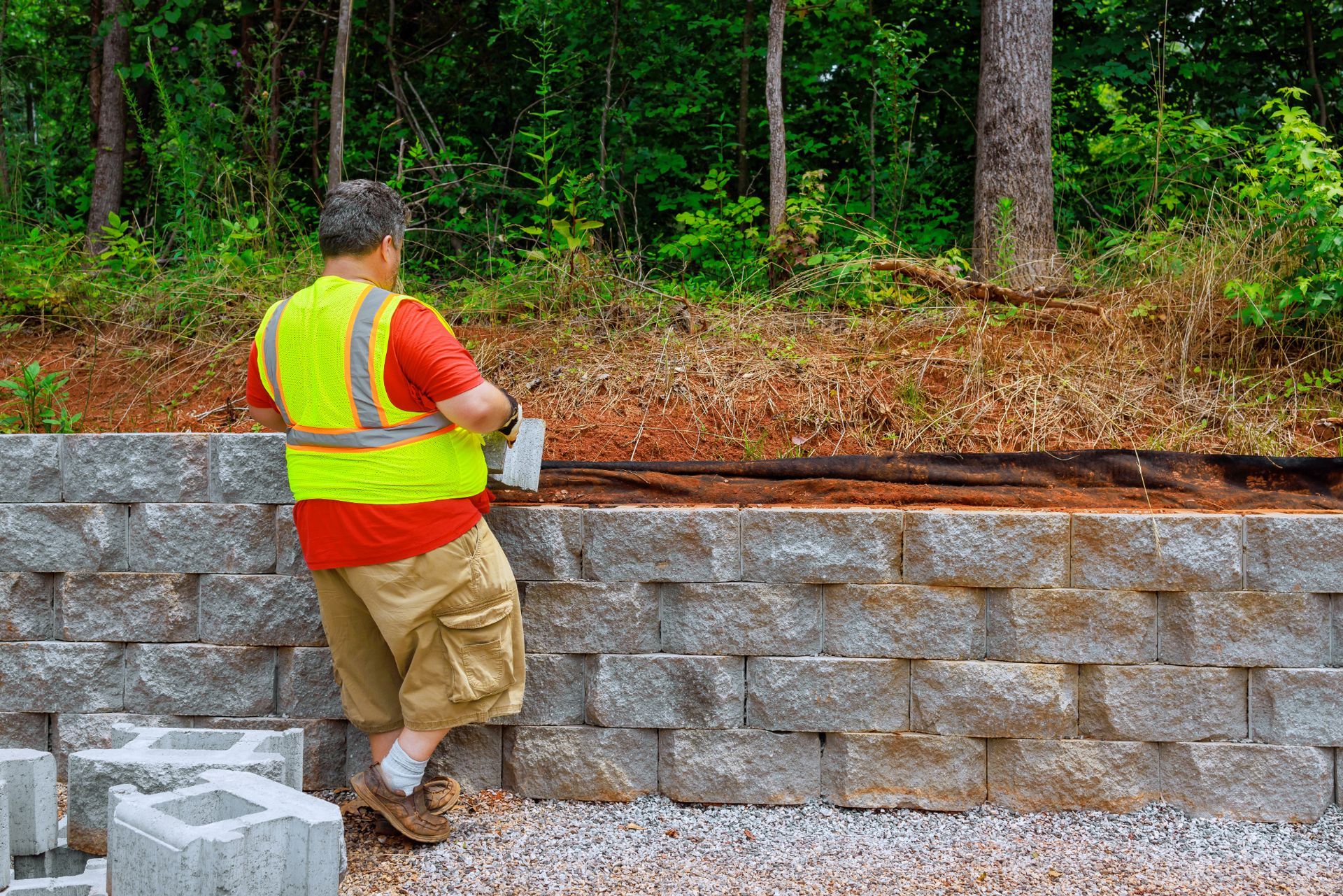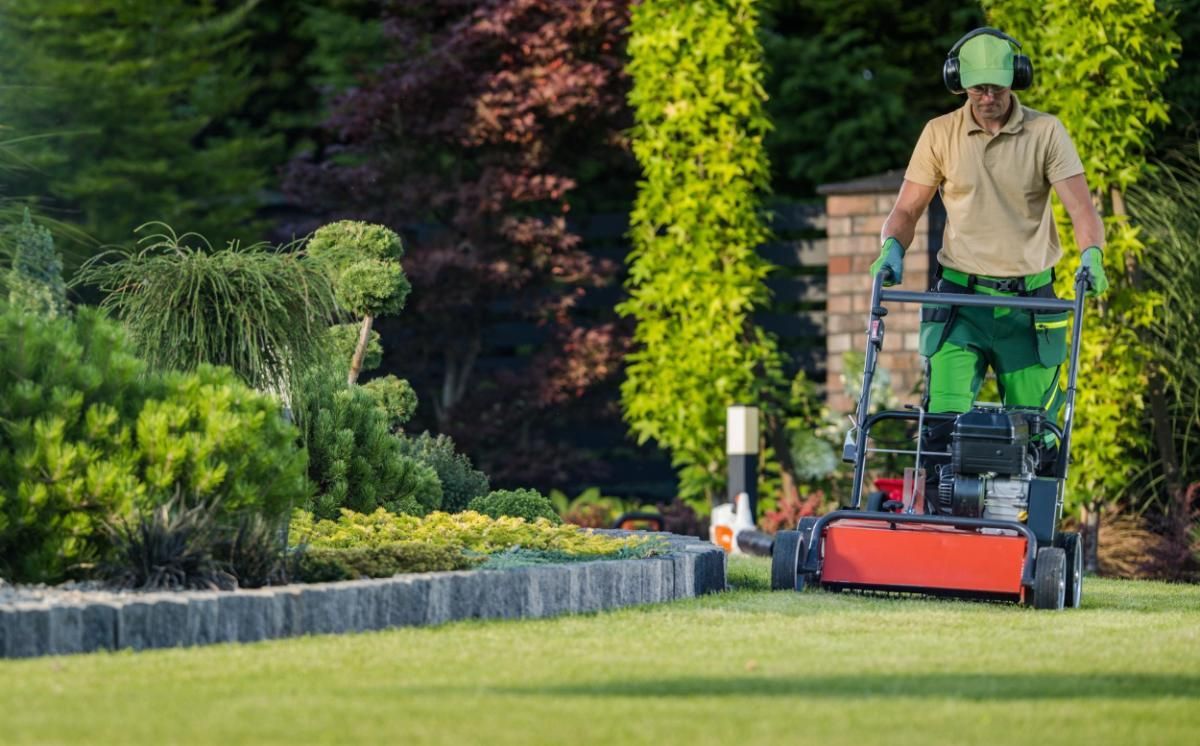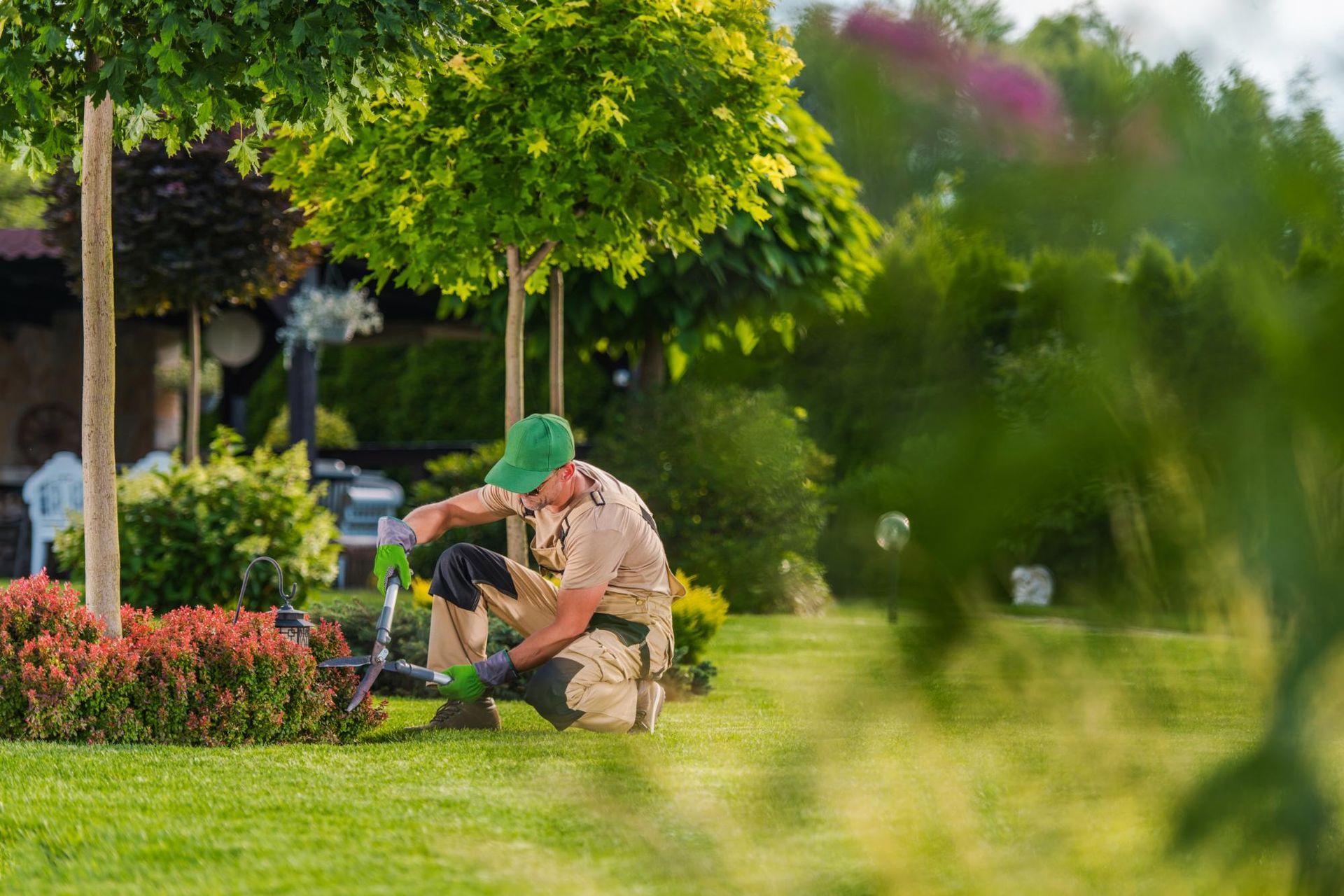Are Palm Trees Native to Texas?
3 Minute Read
Surprisingly, yes! Texas is home to several native palm tree species that thrive in the state’s diverse climates. These palms not only enhance landscapes with their tropical charm but also provide ecological and practical benefits.
Key Takeaways
- Native Texas palms like the Texas Sabal Palm and Dwarf Palmetto thrive in local climates.
- These palms are low maintenance, drought-tolerant, and support local wildlife.
- Careful selection based on climate and soil can transform your yard into a lush, tropical oasis.
Native Palm Trees in Texas
Texas’s native palms are hardy and adaptable, suited to both humid and drier regions. The two most common species are:
Texas Sabal Palm (Sabal mexicana):
Native to the Rio Grande Valley, this large, fan-leafed palm grows up to 50 feet tall. Its thick trunk and impressive canopy make it a favorite in southern Texas landscapes.
Dwarf Palmetto (Sabal minor):
Compact and extremely cold-hardy, this palm thrives across varied environments—from wetlands to dry uplands. It’s ideal for northern Texas gardens.
Other Notable Native Palms:
The
Needle Palm (Rhapidophyllum hystrix) is another cold-hardy native with a unique, bushy look, adding diversity to Texas landscapes.
Benefits of Native Palm Trees
Drought Tolerance:
These palms are well-adapted to dry Texas conditions. Once established, they need minimal watering, conserving resources during hot months.
Wildlife Support:
Palm trees provide shelter and food for birds, insects, and other native wildlife, contributing to local biodiversity.
Low Maintenance:
With slow growth and natural resilience, native palms require little upkeep. They tolerate temperature swings and various soil conditions, making them perfect for busy homeowners.
Popular Non-Native Palm Trees
While native species offer ecological advantages, non-native palms bring visual appeal and added variety to Texas gardens.
California Fan Palm (Washingtonia filifera):
Tall and dramatic, this palm adds height and texture. It’s best suited to southern Texas and may need protection during cold snaps.
Pindo Palm (Butia capitata):
Ideal for coastal regions, the Pindo Palm tolerates salt and produces edible fruits. It’s both ornamental and functional.
Queen Palm (Syagrus romanzoffiana):
Known for its graceful, arching fronds, the Queen Palm grows quickly and creates a lush, tropical look—though it needs regular maintenance and prefers warmer climates.
Choosing the Right Palm for Your Area
Texas’s climate varies widely, so it’s important to choose palms suited to your region.
USDA Hardiness Zones:
Use these zones to guide palm selection. For example,
Windmill Palms are great for colder areas, while
Texas Sabal Palms do best in southern Texas.
Wind & Cold Resistance:
Look for palms with high tolerance to wind and low temperatures, especially if planting in exposed or northern regions.
Soil & Water Needs:
Palms prefer well-drained soil. Mix in compost for nutrients and maintain consistent moisture, especially during the establishment phase.
Palm Tree Care Tips
Planting:
Prepare soil with organic matter and ensure good drainage. After planting, water deeply and consistently to promote strong roots.
Establishing Young Palms:
Water regularly and apply balanced fertilizer during the growing season. Protect young palms during cold weather with mulch or coverings.
Pruning & Maintenance:
Trim dead or damaged fronds to improve appearance and health. Prune in spring before extreme heat arrives.
Enhancing Your Landscape with Palms
Palm trees can elevate your garden’s design, creating shade, privacy, and a tropical vibe.
Landscaping Ideas:
Combine palms with flowering plants like
hibiscus and
ornamental grasses for a vibrant look. Grouping palms of different heights adds visual interest.
Companion Plants:
Use
crotons,
ferns, and
bromeliads to create colorful contrasts and lush layers around your palm trees.
Tropical Themes:
Frame walkways or entryways with tall palms and fill surrounding beds with colorful, moisture-loving plants for a resort-style escape right at home.
Summary
Palm trees—both native and non-native—offer Texas homeowners beauty, shade, and resilience. Native species like the Texas Sabal Palm and Dwarf Palmetto are ideal for sustainable, low-maintenance landscapes. Non-native varieties like the Queen and Pindo Palm bring added flair and versatility. By understanding the needs of each type, you can choose the perfect palms to thrive in your yard and create a lush, tropical sanctuary in the heart of Texas.
Frequently Asked Questions
-
Are any palm trees native to Texas?
Yes! Texas is home to two native species of palm trees:
- Sabal mexicana (a.k.a. Texas palmetto or Mexican palmetto): Native to the Rio Grande Valley in South Texas.
- Sabal minor (a.k.a. dwarf palmetto): Found throughout the southeastern U.S., including East Texas.
These palms are adapted to Texas’s climate and are quite hardy.
-
Where are palm trees originally native to?
Palm trees are native to tropical and subtropical regions around the world. The most diverse native populations come from:
- Southeast Asia
- South America
- Central America
- Africa
- Parts of the Caribbean
They've now been planted and naturalized in warm climates globally, including parts of the U.S. like Florida, California, and Texas.
-
How much is a 20 ft palm tree worth?
The price of a 20-foot palm tree depends on the species and the region. Here's a rough pricing range:
- Common species (like Queen Palms or Mexican Fan Palms): $300–$1,000
- Premium or slow-growing species (like Canary Island Date Palms or Sylvester Palms): $1,500–$5,000+
- Installation costs (crane, transport, labor): Can add $500–$2,000+
So, total installed cost for a 20-ft tree could run $1,000–$7,000+, depending on what you choose.
-
Do palm trees do well in Texas?
Yes, but it depends on the region and the species:
- South and Coastal Texas: Many varieties thrive here—warmer, more humid climate.
- Central Texas: Some cold-hardy palms (like Windmill Palm or Sabal Minor) can do well.
- North Texas & Panhandle: You'll need cold-hardy species and good protection from winter freezes.
The key is choosing the right species and understanding local soil and drainage conditions.
-
What is the lifespan of a palm tree?
Lifespan varies greatly by species:
- Shorter-lived species: 40–50 years (e.g., Washingtonia Robusta)
- Long-lived palms: 70–100+ years (e.g., Date Palms, Sabal Palmetto)
- Dwarf species: May live 30–50 years depending on conditions
Proper care—especially fertilization and watering—can help extend their lifespan significantly.

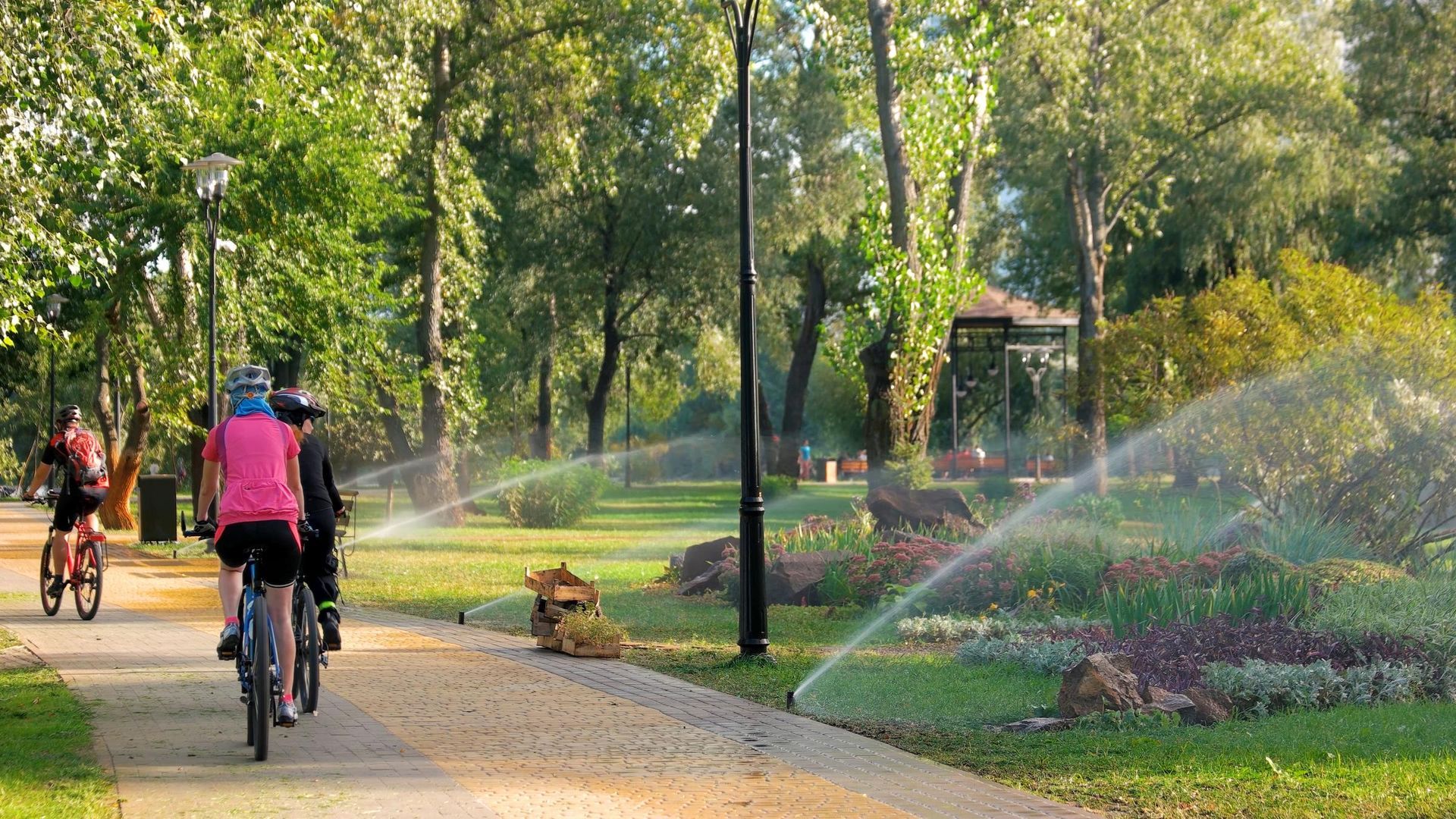
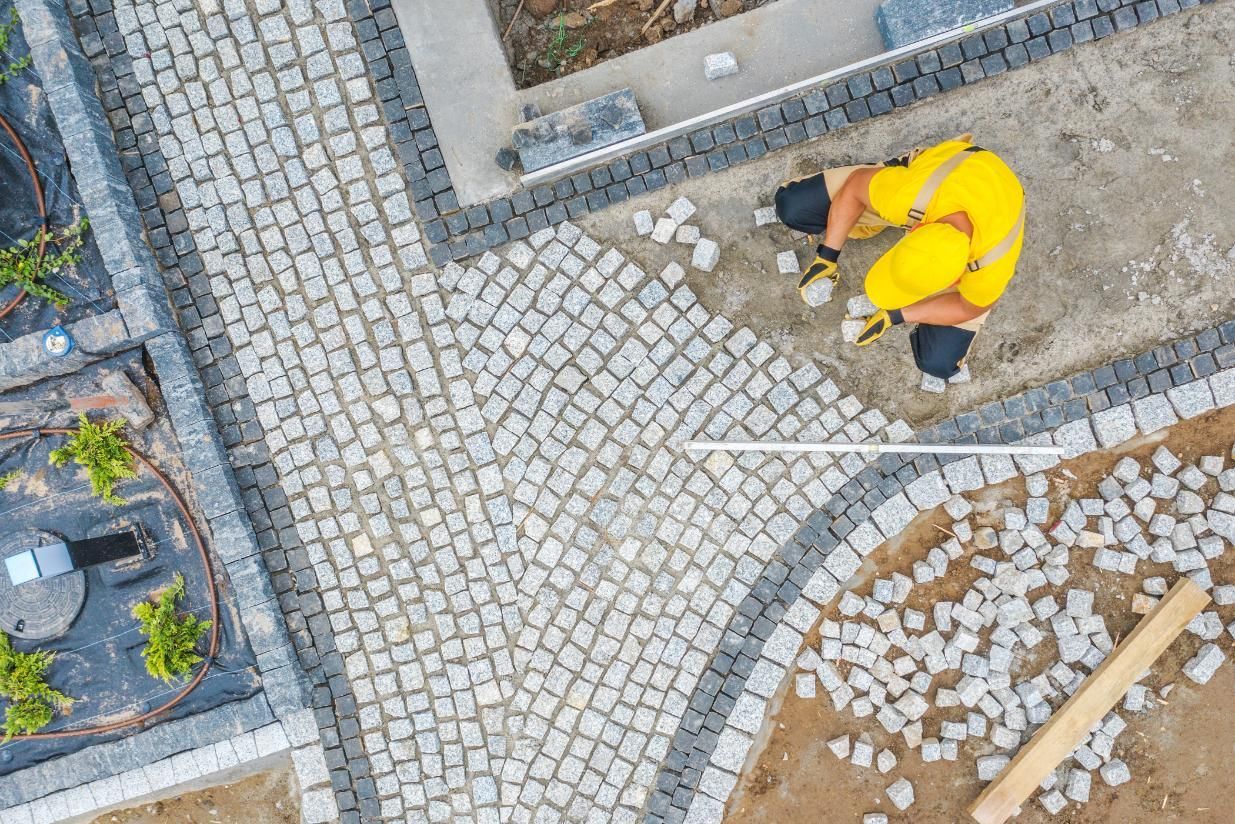
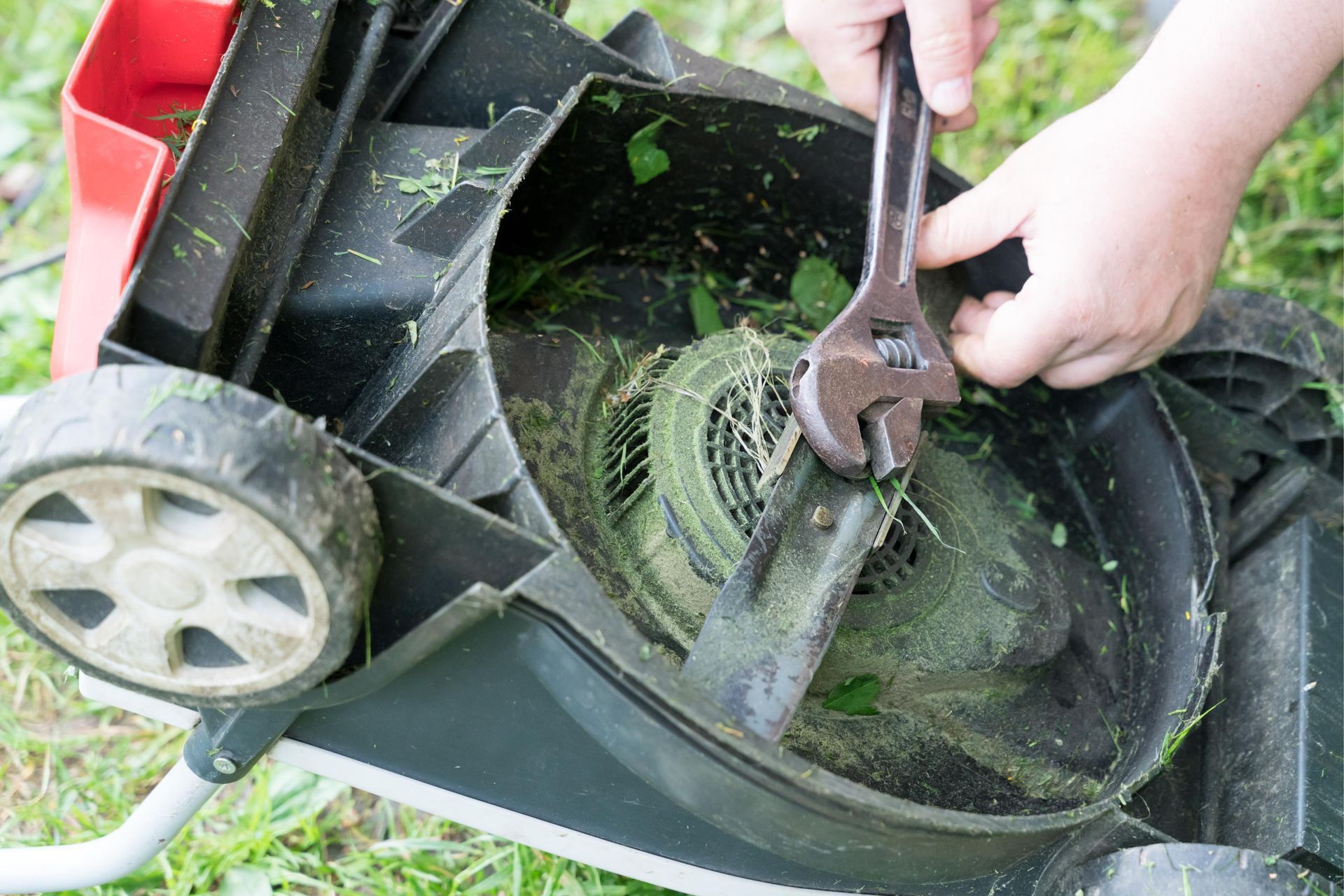
CONTACT US
Your Home Deserves a Beautiful Yard - Let Us Make It Happen
For more information about our services, or to get a free quote, complete the form below or give us a call at (361) 300-5772.

Our Contact Information
Find Us
Landscaping Services
Hardscaping Services
Contact Information
6113 Saratoga Blvd, Corpus Christi, TX 78414, United States of America
All Rights Reserved | CC Lawn Pros, LLC


